
In the rapidly evolving world of game design, mastering the art of animation is paramount. This article illuminates seven essential animation principles that are instrumental in creating immersive and engaging gaming experiences.
From the subtleties of squash and stretch to the nuances of staging and character appeal, these principles provide a comprehensive guide for game designers striving for innovation, capturing audience interest, and creating truly dynamic interactive environments.
Discover the transformative power of animation in game design.
Understanding the Role of Animation in Game Design
A significant portion of the immersive experience in game design is attributed to the strategic and creative use of animation. Animation technology is a powerful tool that, when skillfully harnessed, can breathe life into game aesthetics, enhancing the overall gaming experience.
It is not just about creating visually appealing characters and environments. It's about marrying technical prowess with artistic vision to create engaging, dynamic in-game realities. The strategic use of animation technology provides depth, shaping the mood and tone of the game, and enabling interactive storytelling.
A nuanced understanding of animation can make the difference between a game that simply entertains and one that fully immerses players, fostering a deeper connection with the game world.
The Principle of Squash and Stretch in Gaming Animation
The principle of Squash and Stretch is a fundamental tenet of animation. It significantly impacts the dynamism and realism of game characters and objects. It is crucial to comprehend its mechanics and master its implementation to infuse life into virtual entities.
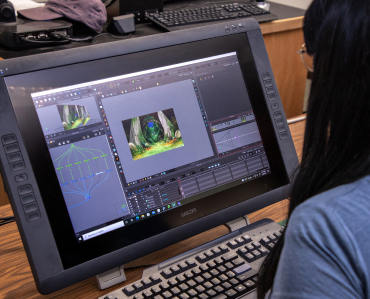
Understanding Squash and Stretch
Utilizing the principle of squash and stretch in gaming animation, designers can create a sense of weight and flexibility in their characters, enhancing the overall realism and immersion of the game. This method, central to the field of animation, stretches the limits in gaming, pushing boundaries of visual representation.
Squash and stretch techniques manipulate the shape of an object or character to mimic real-world dynamics, augmenting the illusion of movement and momentum. If used expertly, it can breathe life into inanimate game elements.
Understanding the nuances of squash and stretch is vital, as it's not about distorting shapes randomly, but rather, it's about careful and strategic deformation that respects the volume of the object. This principle, when mastered, can truly revolutionize game design.
Implementing Squash and Stretch
While it's crucial to understand the theory behind the principle of squash and stretch in gaming animation, it's equally important to master its practical application to create truly dynamic and engaging game designs.
Utilizing squash effect applications and stretch technique usage can dramatically enhance the fluidity and realism of animated characters or objects. Here are a few key strategies for implementing this principle:
- Experiment with varying degrees of squash and stretch to convey different velocities or degrees of impact.
- Use squash to accentuate the weight and gravity of an object or character.
- Apply the stretch technique to simulate rapid movement or momentum.
Squash and Stretch Examples
In the realm of gaming animation, examples of squash and stretch abound, providing visual interest and contributing significantly to the overall feel of the game. This principle is widely practiced in titles like 'Super Mario Bros.' where characters stretch upward during a jump and squash upon landing.
The physics behind squash and stretch are convincingly portrayed, adding a layer of realism to the game dynamics. In 'The Legend of Zelda', Link's spin attack exhibits a perfect squash stretch technique; his body squashes at the start of the spin and stretches at the peak of the action.
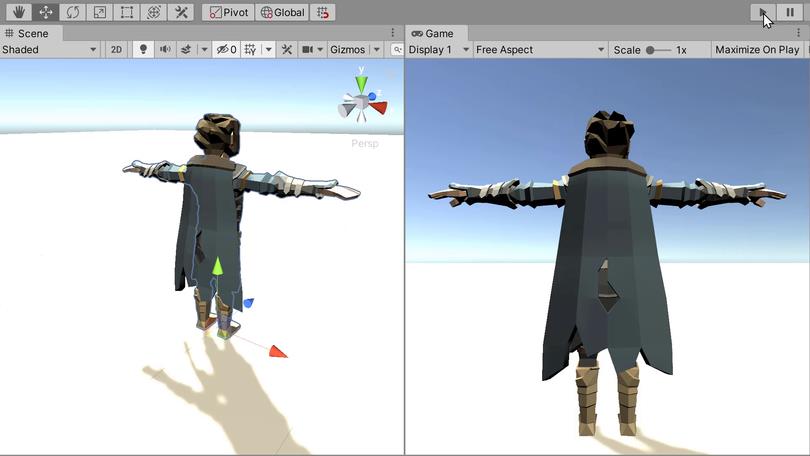
Such fine-tuned animations enhance the gaming experience, making the characters more relatable and the gameplay more engaging. The principle of squash and stretch, thus, is a cornerstone in the art of gaming animation.
Anticipation: A Key Element in Character Animation
Given that anticipation is a fundamental aspect of interactive engagement, its role within the realm of character animation cannot be overstated. It revolves around the concept of forecasting a character's actions, providing a cue to the player about what's going to happen next. Mastering the anticipation dynamics can greatly enhance the immersive experience of the game.
Understanding the nuances of character forecasting can lead to the creation of more engaging narratives and realistic characters.
Proper use of anticipation in animation can contribute to smoother transitions, thus providing a seamless gaming experience.
Anticipation aids in creating emotional connection with the character, thereby enhancing player engagement.
Innovative use of anticipation can make the difference between an average and a truly captivating game design.
The Impact of Staging in Game Design
Through the lens of staging, a critical aspect of animation, game designers can craft immersive environments and, by doing so, significantly enhance the player's gaming experience. The staging significance in game design cannot be overstated.
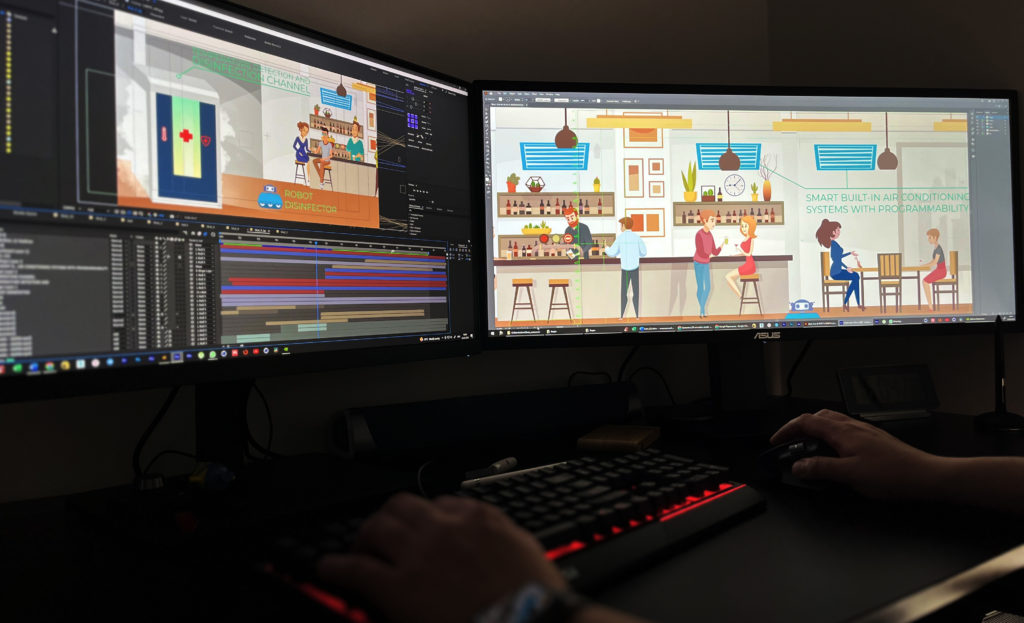
Effective staging techniques guide the player's attention, providing visual clarity and establishing the mood of the game. Moreover, staging influences the narrative flow and determines the player's interaction with the game world. It's an art, requiring careful balance between realism and aesthetic appeal.
As such, a game with well-executed staging can captivate its audience, providing a profoundly engaging experience. Thus, understanding and mastering staging is an indispensable skill for any game designer aspiring to create innovative and compelling gaming environments.
Straight Ahead Action and Pose-to-Pose: Two Approaches to Game Animation
In the realm of game animation, two paramount approaches are Straight Ahead Action and Pose-to-Pose.
The former technique, Straight Ahead Action, is characterized by dynamic, spontaneous animation that progresses naturally from one frame to the next.
In contrast, Pose-to-Pose Animation is a methodical process, wherein key poses are established first before the transitions between them are fleshed out.
Straight Ahead Action Explained
During the process of game design, understanding the difference between Straight Ahead Action and Pose-to-Pose animation techniques is crucial to creating dynamic and engaging visuals.
Straight Ahead Action, as the name implies, involves creating each frame from start to finish in chronological order, allowing for spontaneous action fluidity.

Contrarily, the Pose-to-Pose method relies heavily on keyframing techniques, designing key poses first before filling in the in-between frames.
Straight Ahead Action offers spontaneity, enhancing the action's natural feel.
Pose-to-Pose provides excellent control over the animation, prioritizing precision.
A balanced approach, combining both techniques, can yield the most aesthetically pleasing and innovative results.
Understanding these principles facilitates the creation of innovative, visually stunning games that captivate players and leave a lasting impression.
Understanding Pose-to-Pose Animation
Mastering Pose-to-Pose animation, a cornerstone in the realm of game design, requires a comprehensive understanding of its distinguishing characteristics and how it contrasts with the Straight Ahead Action approach.
Pose-to-Pose animation thrives on the methodical arrangement of major poses, or 'keyframes', that chart the course of an action. It's a tactic that allows for precise control over pose variations, ensuring the smooth transition from one keyframe to another.
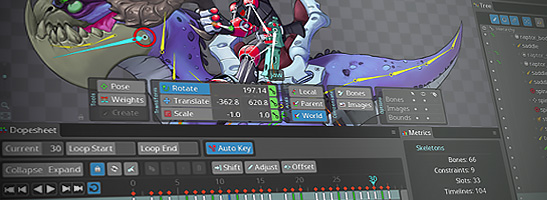
This approach contrasts with Straight Ahead Action, which is more spontaneous, with actions evolving frame by frame.
Understanding Keyframe Basics is crucial in Pose-to-Pose animation, as these keyframes dictate the flow of movement.
The balance between these two approaches can truly elevate the animation, bringing immersive, dynamic experiences to the gaming world.
The Role of Secondary Action in Enhancing Gameplay
While the primary actions drive the main narrative of a game, secondary actions play a critical role in enhancing gameplay by adding depth and realism to the characters and the environment. Secondary action's importance cannot be understated in creating immersive gaming experiences. Various secondary action techniques can be utilized to enrich the gaming world.
- Subtle character movements, like blinking or breathing, lend an organic feel to characters, making them more believable.
- Environmental elements, like rustling leaves or flickering lights, contribute to a dynamic and engaging setting.
- Interactions, such as characters reacting to environmental factors, create a more interactive and immersive gameplay.
Mastering these secondary actions can elevate a game from a mere digital platform to a living, breathing world, teeming with life and ripe for exploration.
Appeal in Character Design: Captivating the Audience in Gaming
In the realm of game design, the appeal of character design plays a pivotal role in captivating the audience and fostering a more engaging gaming experience. Character Personalities, when authentically crafted, can resonate deeply with players, thus fostering a greater connection to the game's narrative.
Design Diversity, another crucial aspect, enriches the visual landscape, providing a plethora of unique characters that cater to a wide array of player preferences. The characters' aesthetics, behaviours, and dialogue can greatly enhance the game's appeal, encouraging players to delve deeper into the narrative.
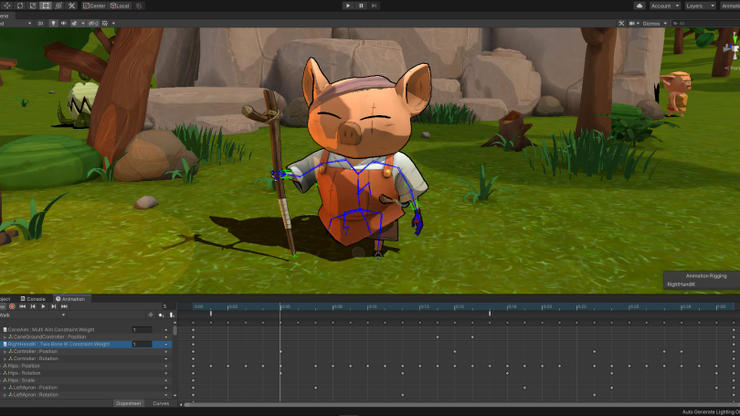
This art of creating compelling characters is a meticulous task, requiring a careful study of human psychology, cultural nuances, and artistic ingenuity. It is, undeniably, a potent tool in the arsenal of successful game design.
Frequently Asked Questions
What Are the Career Prospects for a Game Designer Specializing in Animation?
Game designers specializing in animation, with the right animator's education, can explore diverse career prospects. They can work in various animation genres, in industries like gaming, film, advertising, and virtual reality, demonstrating innovative approaches.
How Can One Integrate Artificial Intelligence in Gaming Animation?
Artificial intelligence can be integrated into gaming animation through the creation of AI-driven characters, enhancing realism and interaction. Procedural Animation, powered by AI, fosters dynamic, adaptable movements, revolutionizing the gaming experience.
How Has the Evolution of Technology Impacted the Principles of Animation in Game Design?
The evolution of technology has significantly influenced animation advancements in game design, enhancing realism, fluidity, and interaction. It has redefined traditional principles, allowing for more dynamic and immersive experiences in the gaming world.
Creating gaming animations necessitates the use of specialized software. Programs such as Adobe After Effects, Blender, and Maya are commonly recommended, with numerous animation techniques and software tutorials available to enhance one's design process.
What Are Some Examples of Successful Games That Have Effectively Used These Animation Principles?
Successful games such as 'The Legend of Zelda: Breath of the Wild' and 'Overwatch' have expertly utilized animation principles, enhancing player engagement and effectively integrating animation into their storytelling processes for a captivating experience.
 Digital Art InstructionDIY Infographics DesignMobile Game ArtworkPersonalized Logo Design3D AnimationeBook Covers DesignPrivacy PolicyTerms And Conditions
Digital Art InstructionDIY Infographics DesignMobile Game ArtworkPersonalized Logo Design3D AnimationeBook Covers DesignPrivacy PolicyTerms And Conditions
